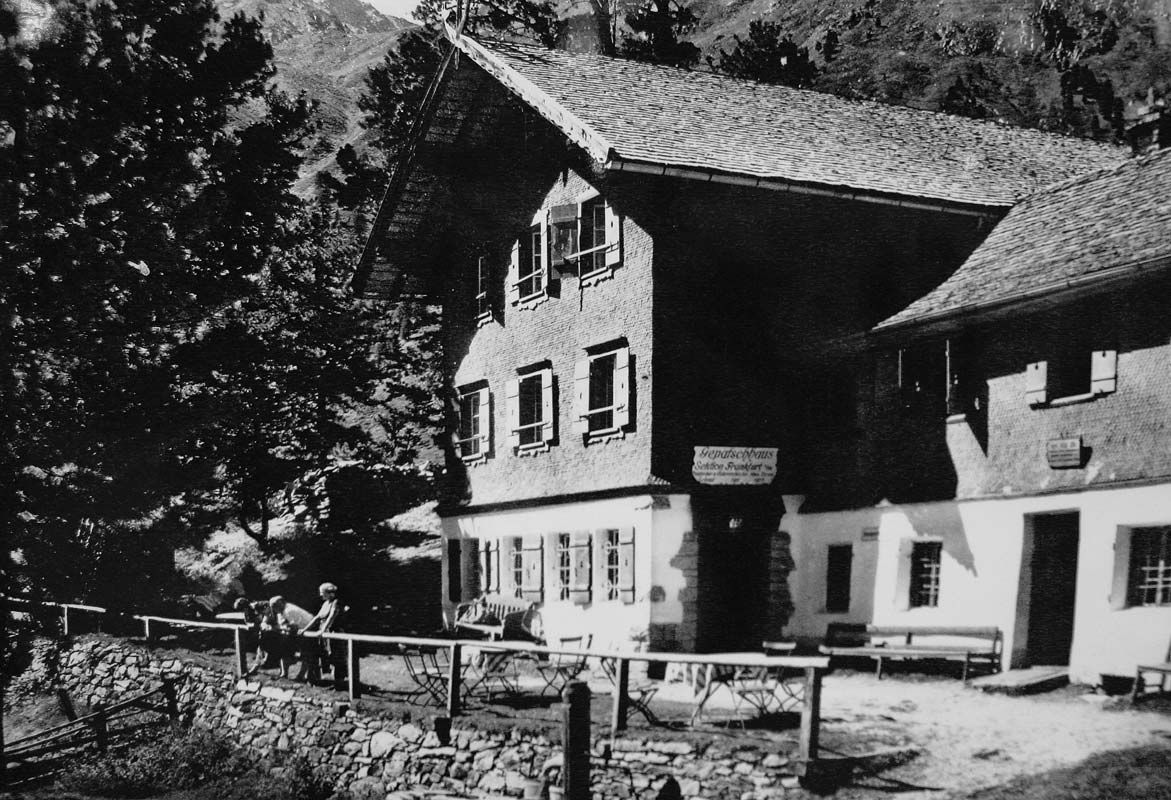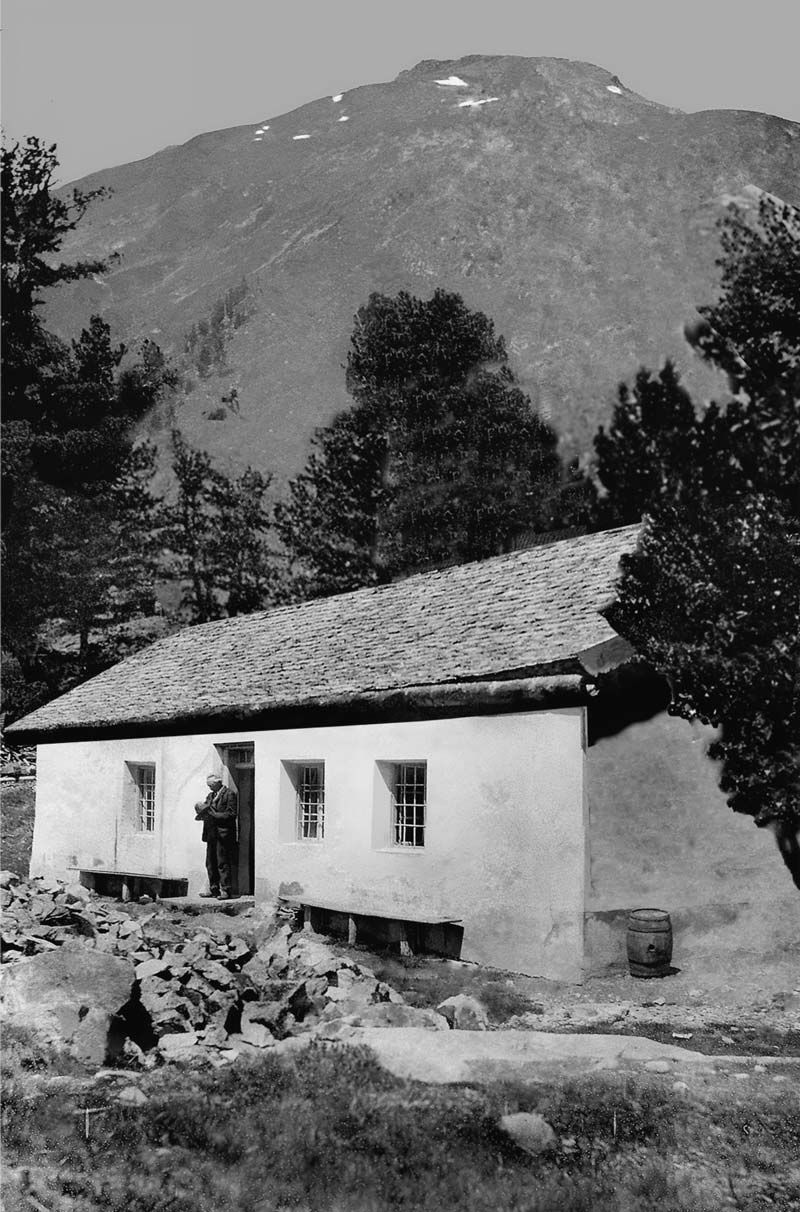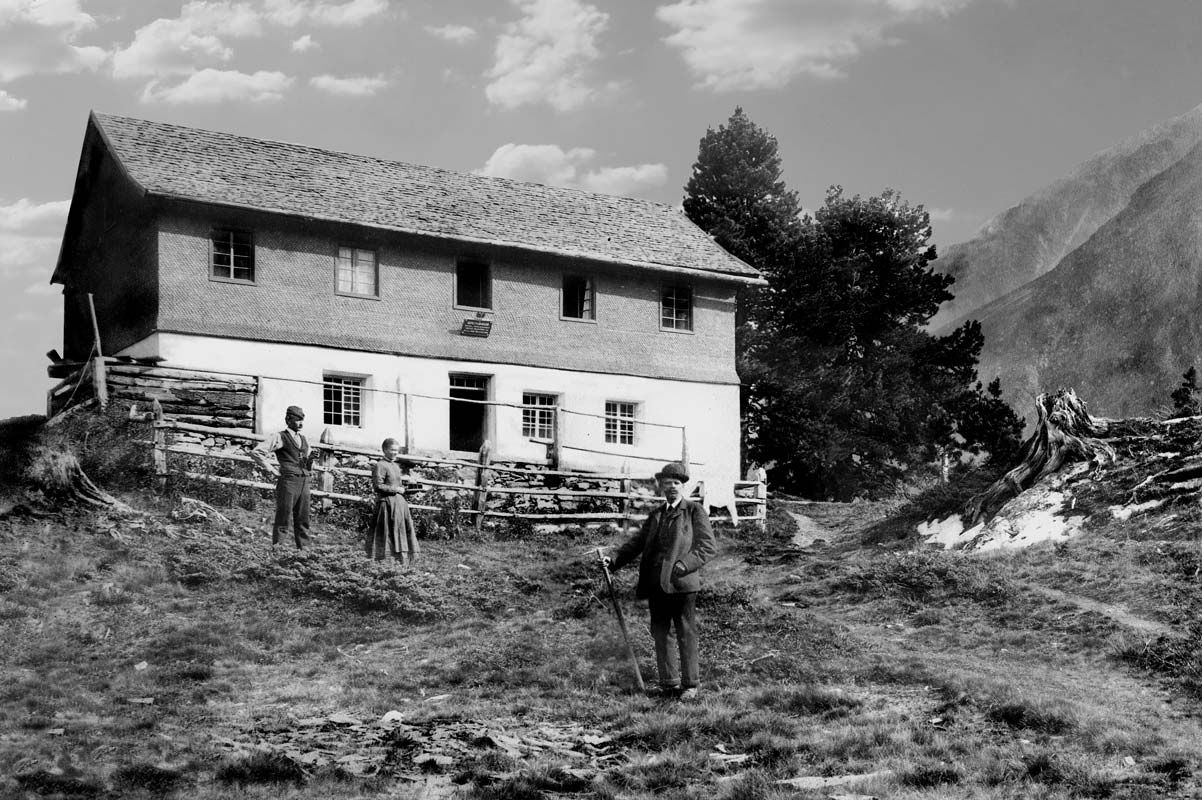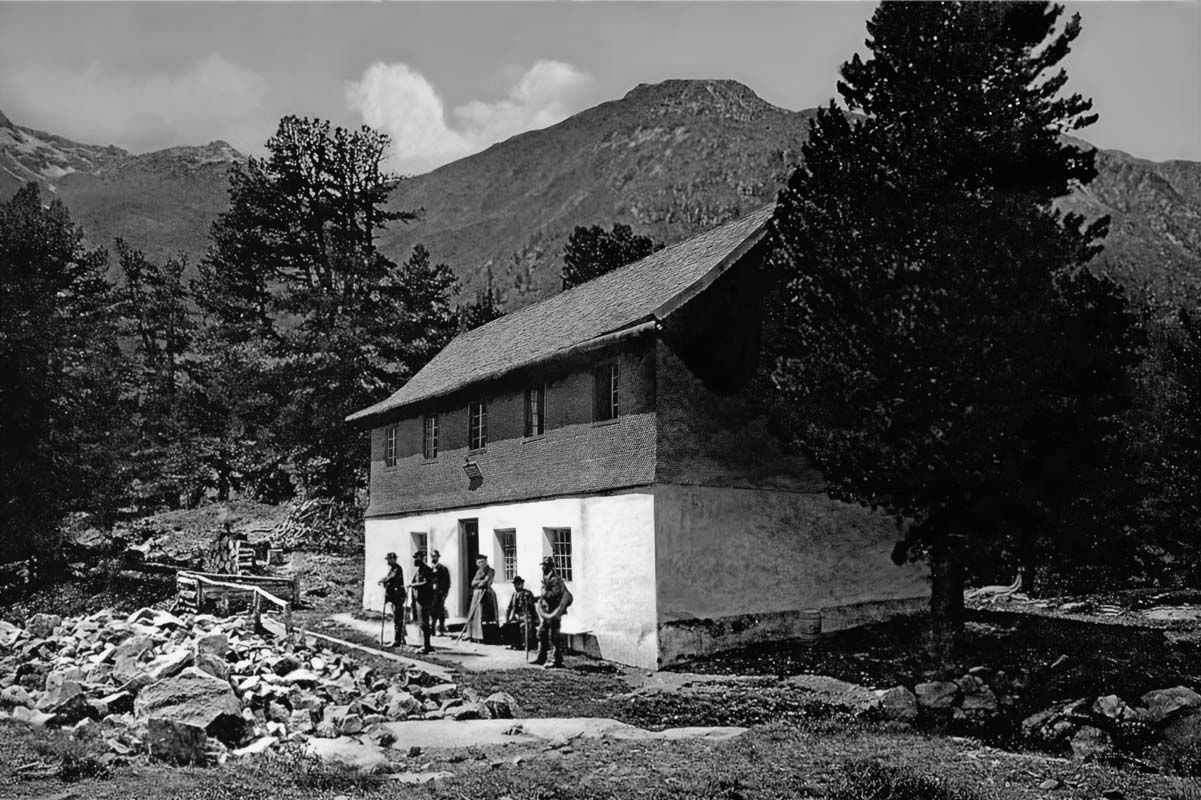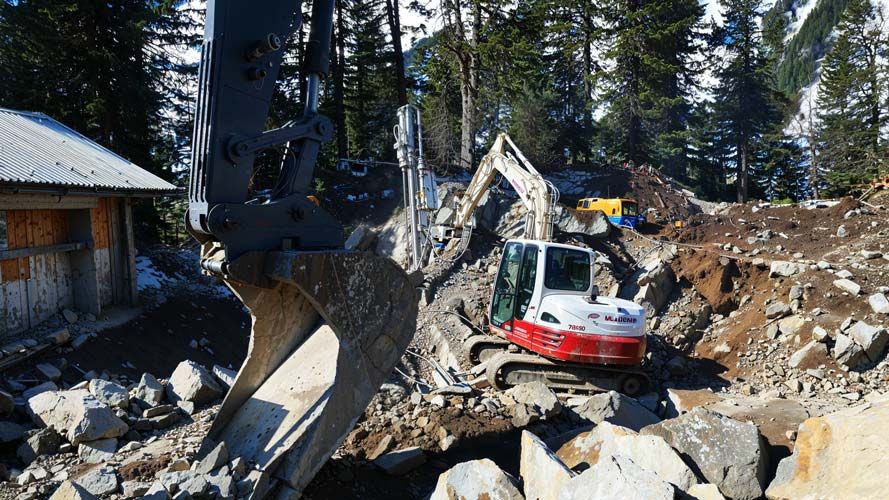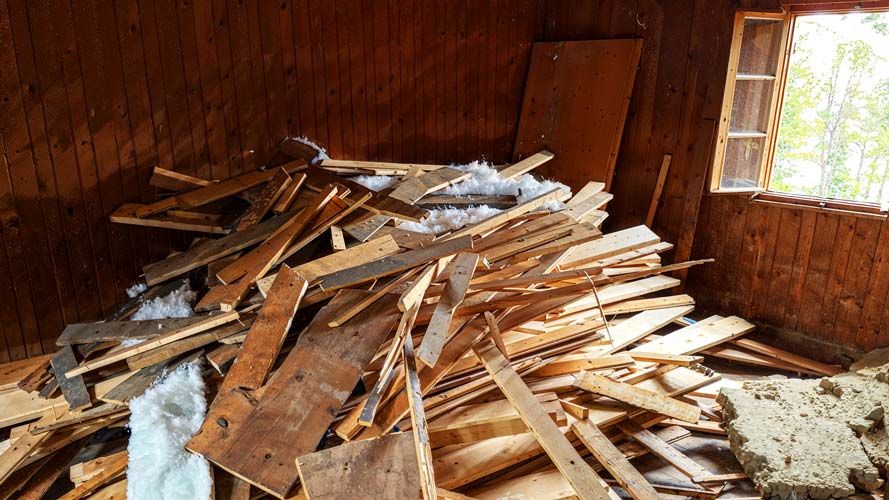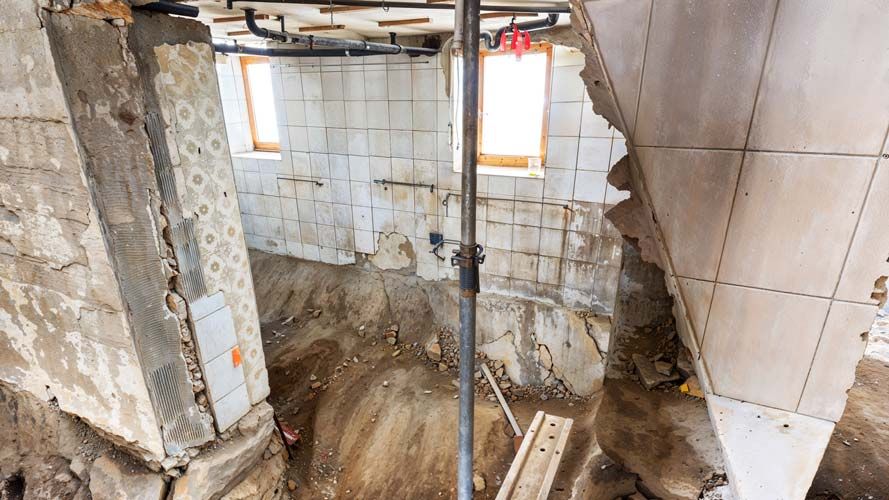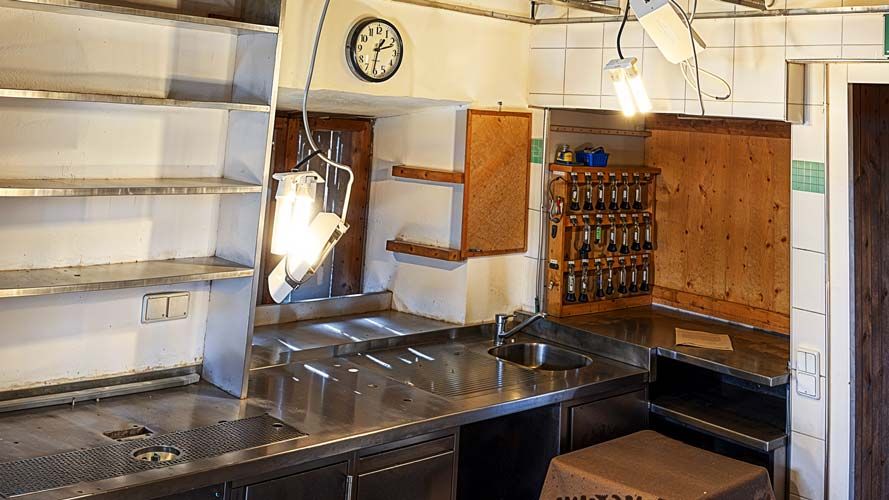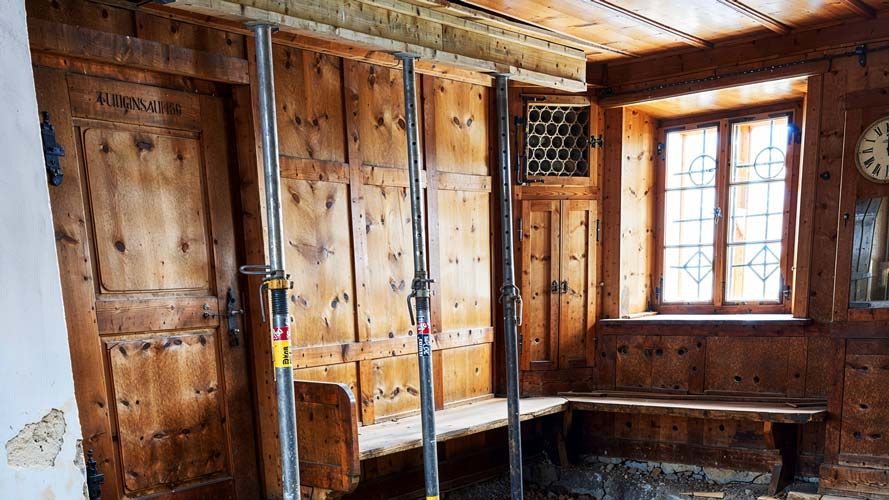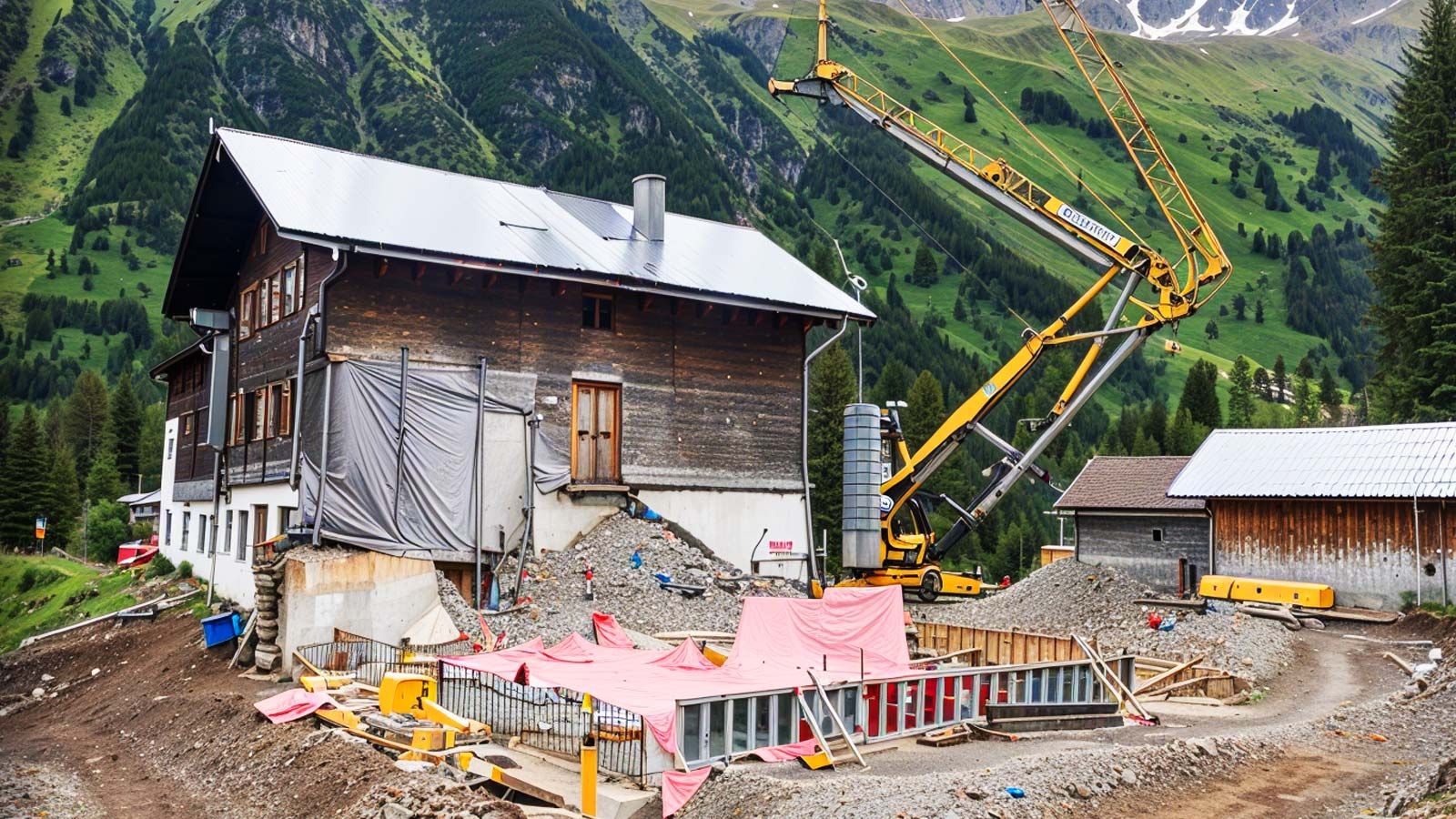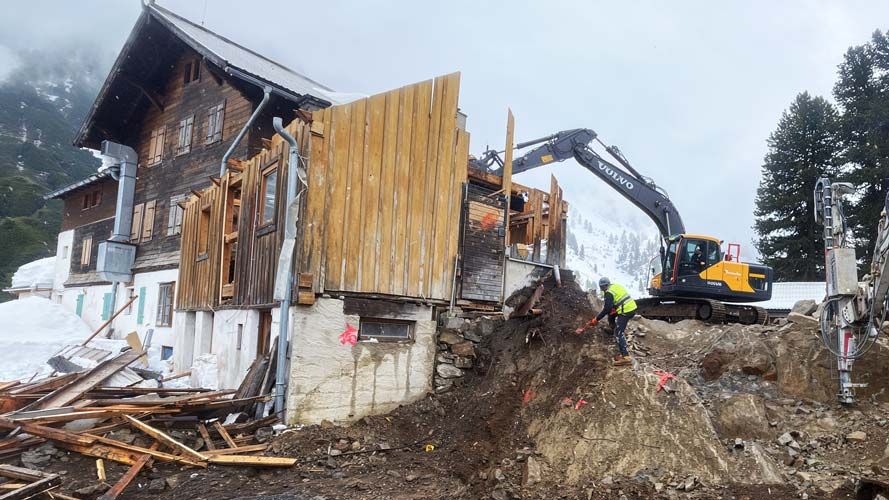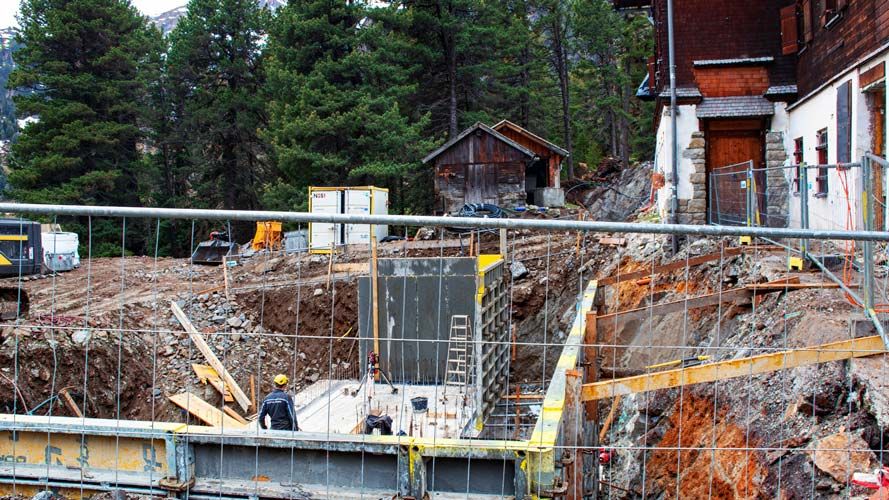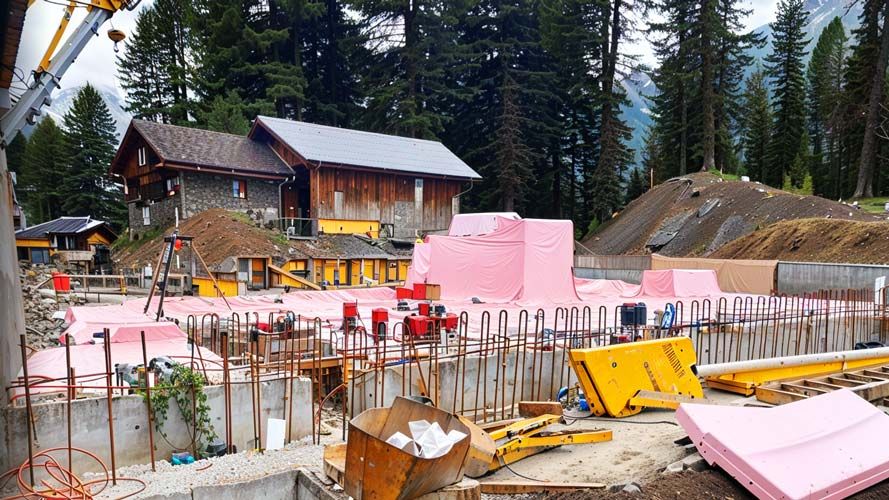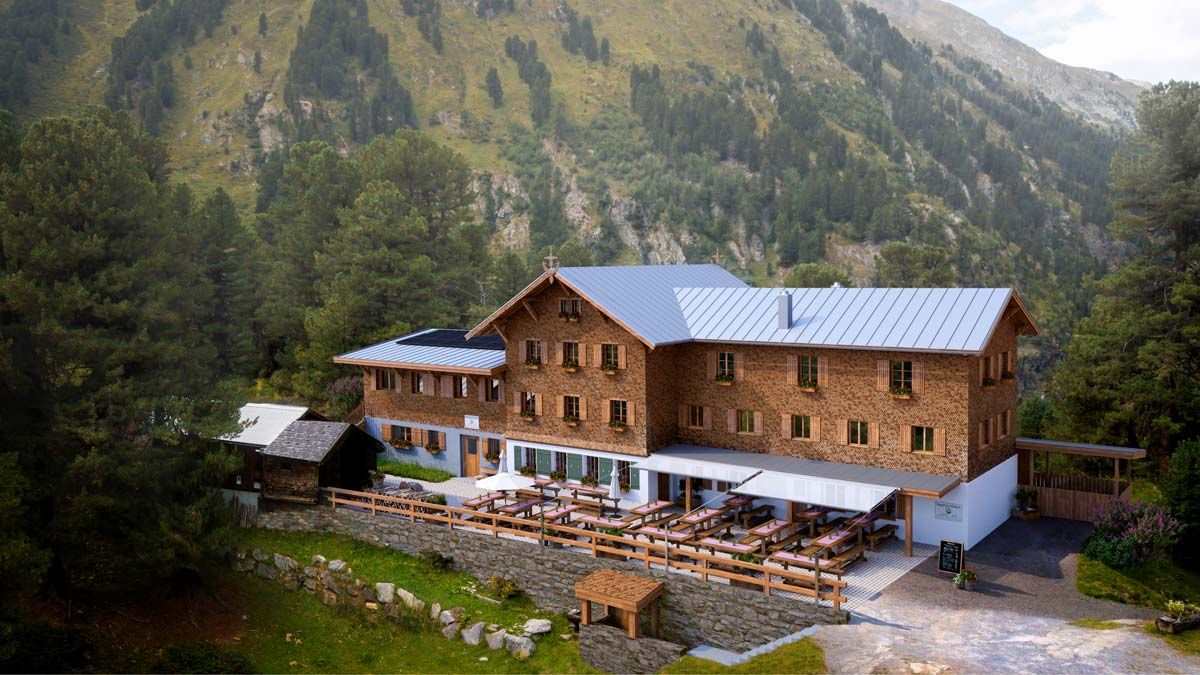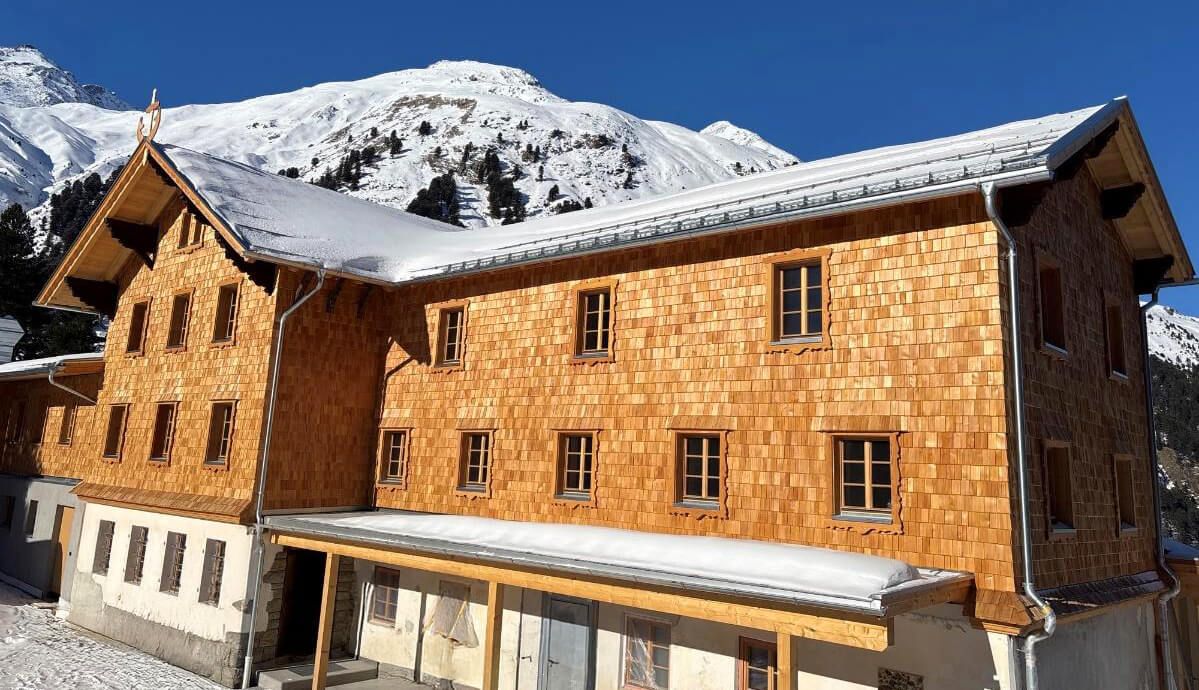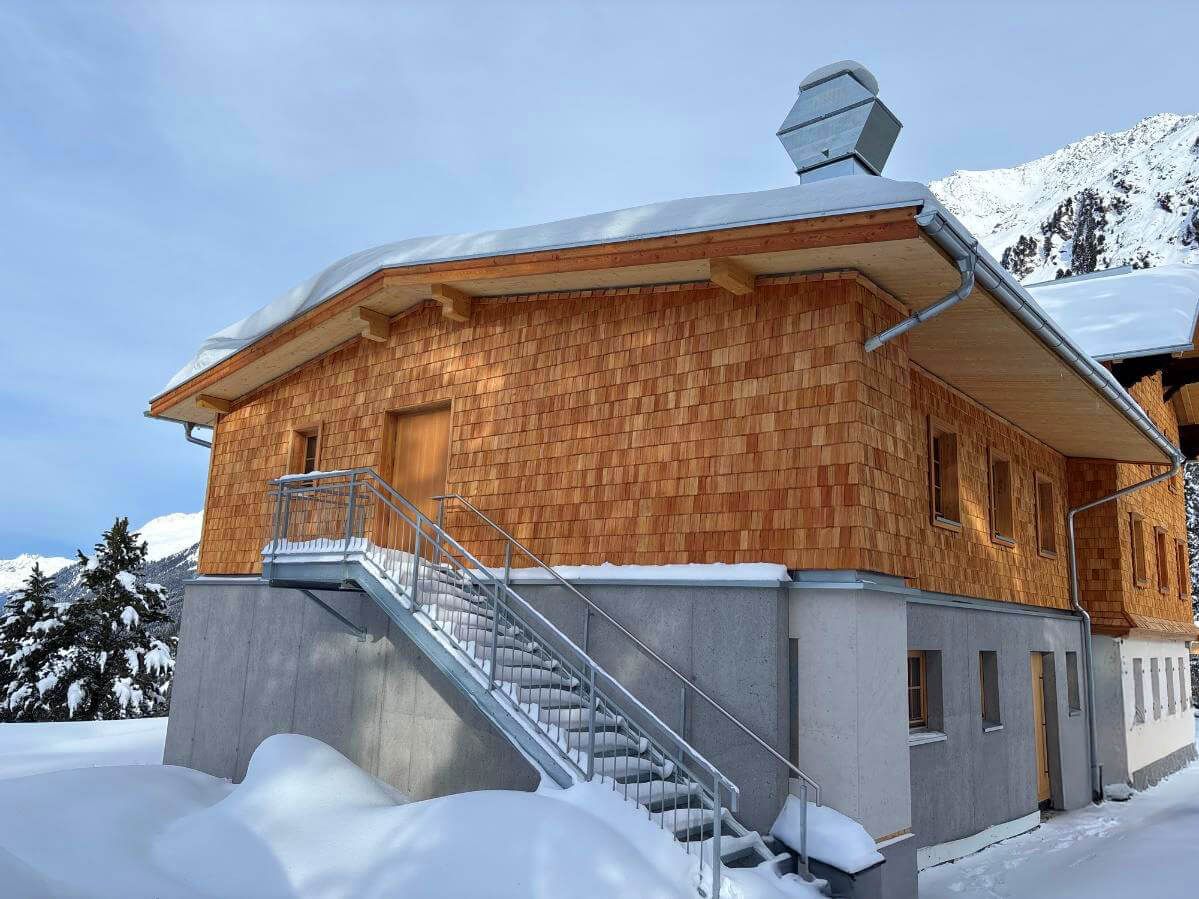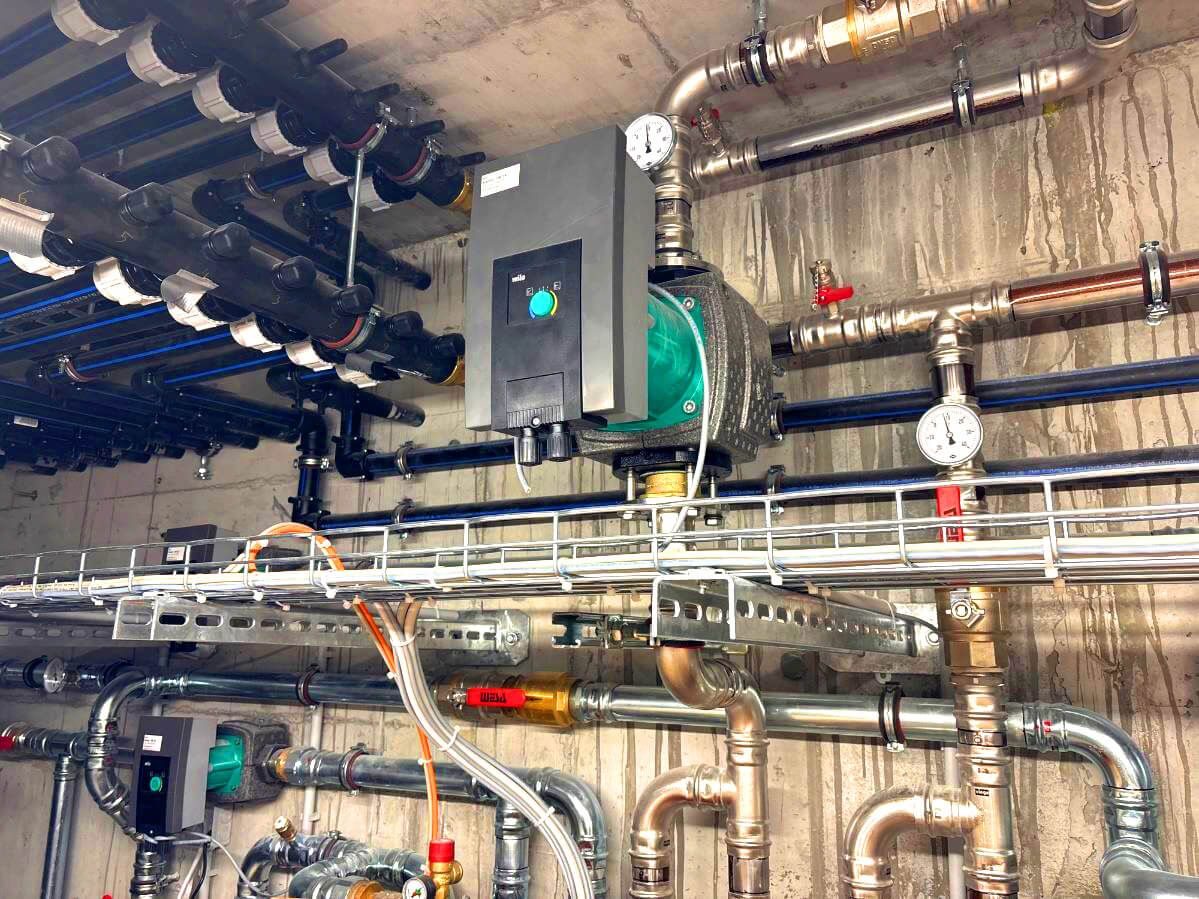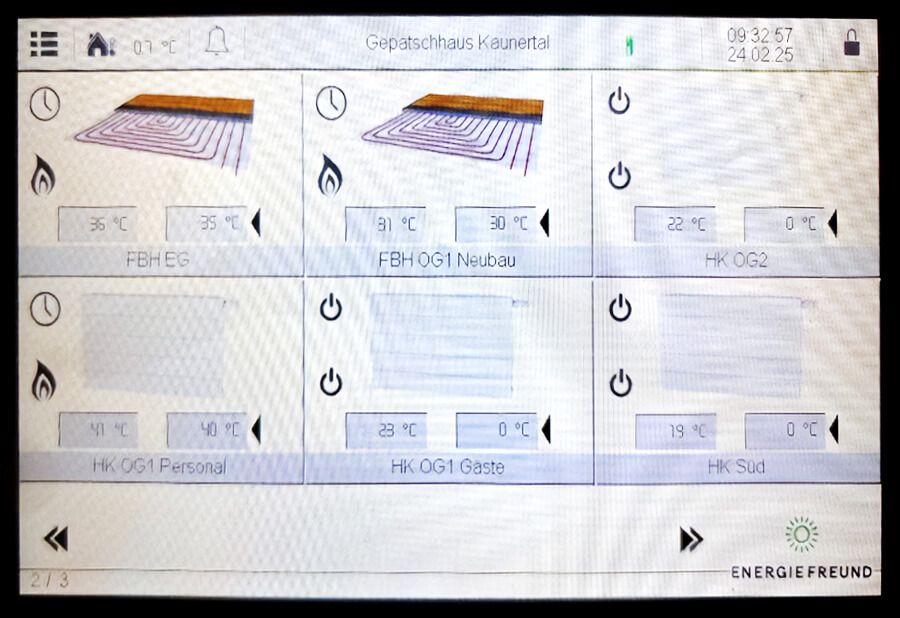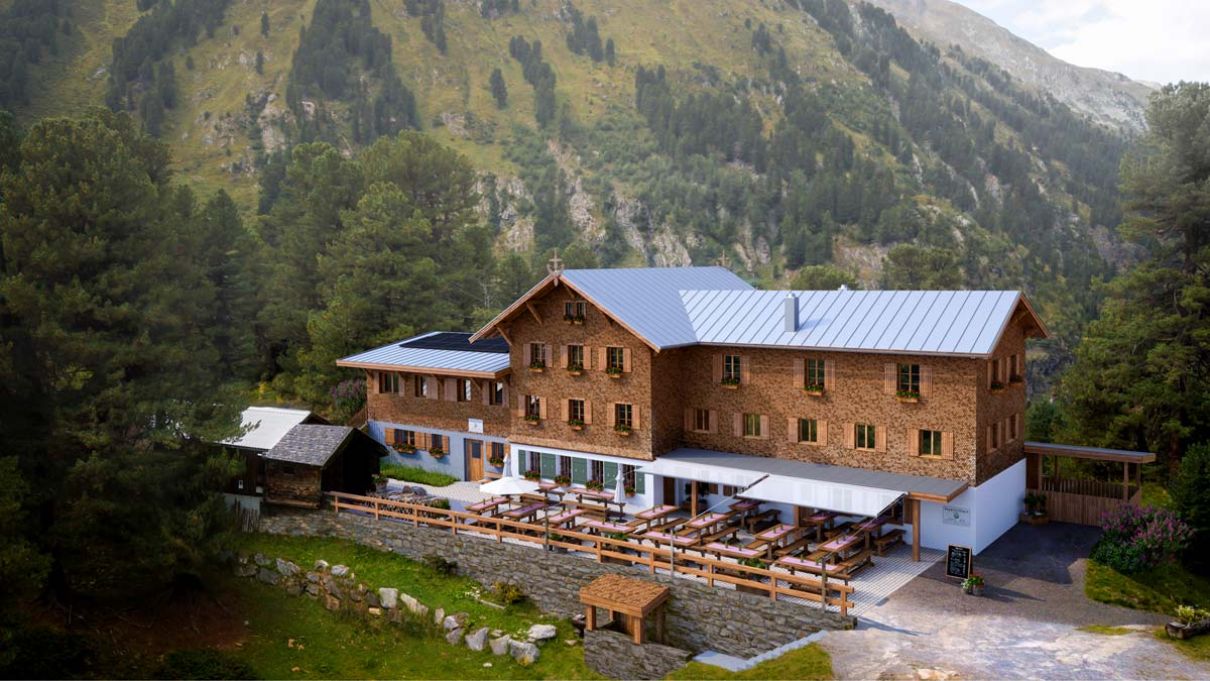
In cooperation with
Deutscher Alpenverein Sektion Frankfurt
On August 12, 2023, the Frankfurt section of the German Alpine Club celebrated the 150th anniversary of the Gepatschhaus in Kaunertal, Austria. The first German Alpine Club hut in Austria (and probably also the oldest mountain hut built by an Alpine Club section that still exists today) was opened on June 21, 1873.
The Frankfurt section of the DAV not only built the Gepatschhaus in the Kaunertal, but also the Rauhekopfhütte (1888) and the Verpeilhütte (1906) in the following years. At the turn of the twentieth century, it also had numerous paths and trails built, thus contributing to the development of the mountain region.
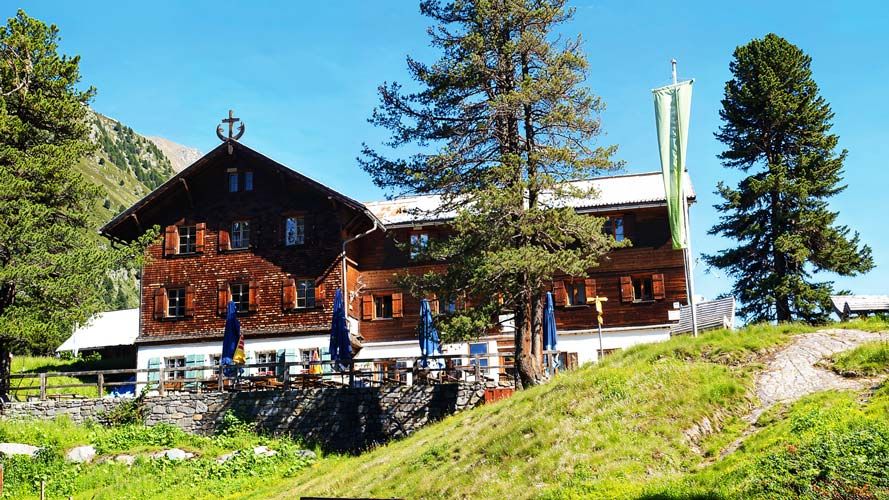
Beginnings
The section's involvement in the Kaunertal began in 1871 after a mountain tour by the section president at the time, Theodor Petersen (1869 - 1918). Petersen, who is regarded as one of the pioneers of the Ötztal Alps, was very enthusiastic about the Kaunertal and especially the Kaunergrat, where he achieved numerous first ascents. After one of these first ascents, he stopped off at the Gepatschalm. “He was given a warm welcome, but had to sleep above the pigsty,” recounted Kaunertal chronicler Martin Frey. “The grunting and biting of the flies were too much for the gentleman from Frankfurt.”
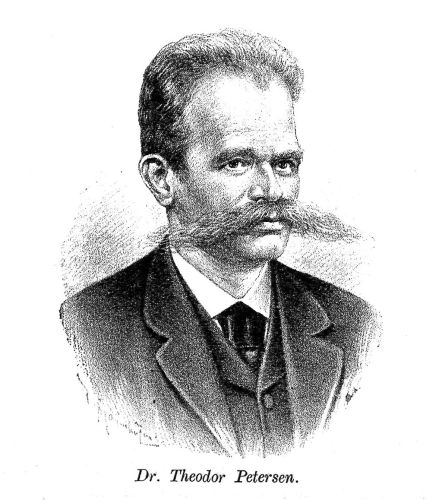
This gave rise to the idea of building an inn for hikers and mountaineers near the mountain pasture. The hut was opened after just two years. In the first year, 48 people spent the night there, but within a few years the number of overnight guests had already increased. In 1895, the picturesque 'Maria im Schnee' chapel was consecrated to enable the mountain guides to attend mass on Sundays. This unique ensemble of Gepatschhaus and Gepatschkapelle was listed as a historical monument by the Austrian Federal Monuments Office in 2012.
As time passes
Over the decades, the house has been rebuilt and extended several times. Today, the rooms of the Gepatschhaus can accommodate over 90 people.
Due to age-related defects and the increased requirements of environmental protection and occupational safety, it now requires extensive general refurbishment, which must also meet the specifications and requirements of monument protection.
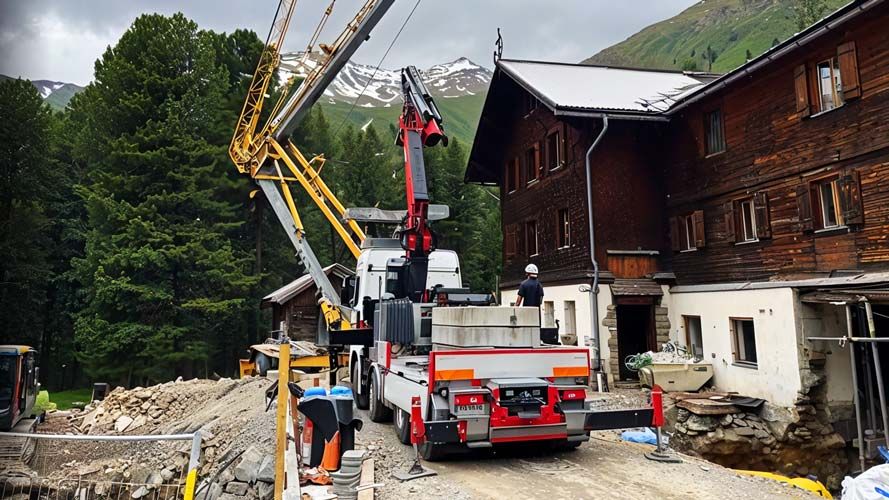
Planning
A new outbuilding with a large seminar room and barrier-free toilet is planned, as well as heating the building with a heat pump and geothermal energy. Extensive renovation work will be carried out in the existing building; the kitchen will be completely renovated, the windows replaced and the roof and façade refurbished. The energy-efficient refurbishment of the building is a contribution to climate protection and contributes to the German Alpine Club's climate protection strategy.
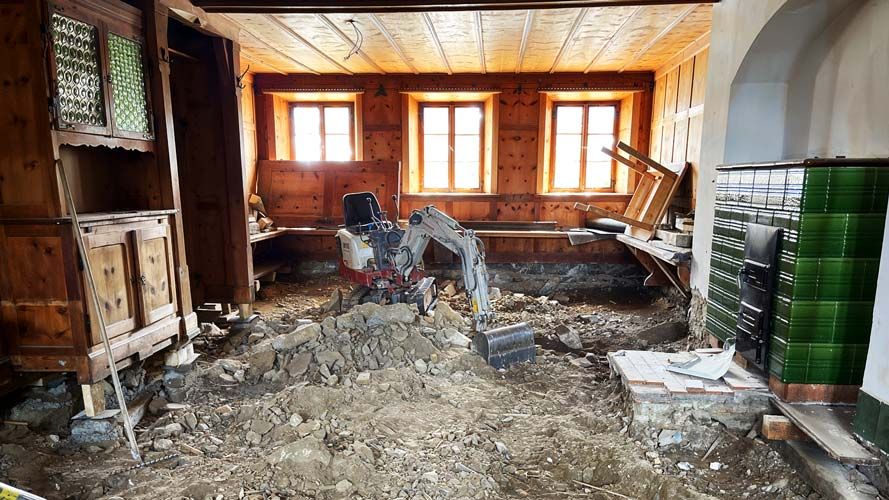
Interior working site
The nobilé Foundation supports and promotes the general renovation project of the Gepatschhaus, particularly with regard to the areas of heat, climate, nature, monument protection and sustainability.
Update first quarter 2025
